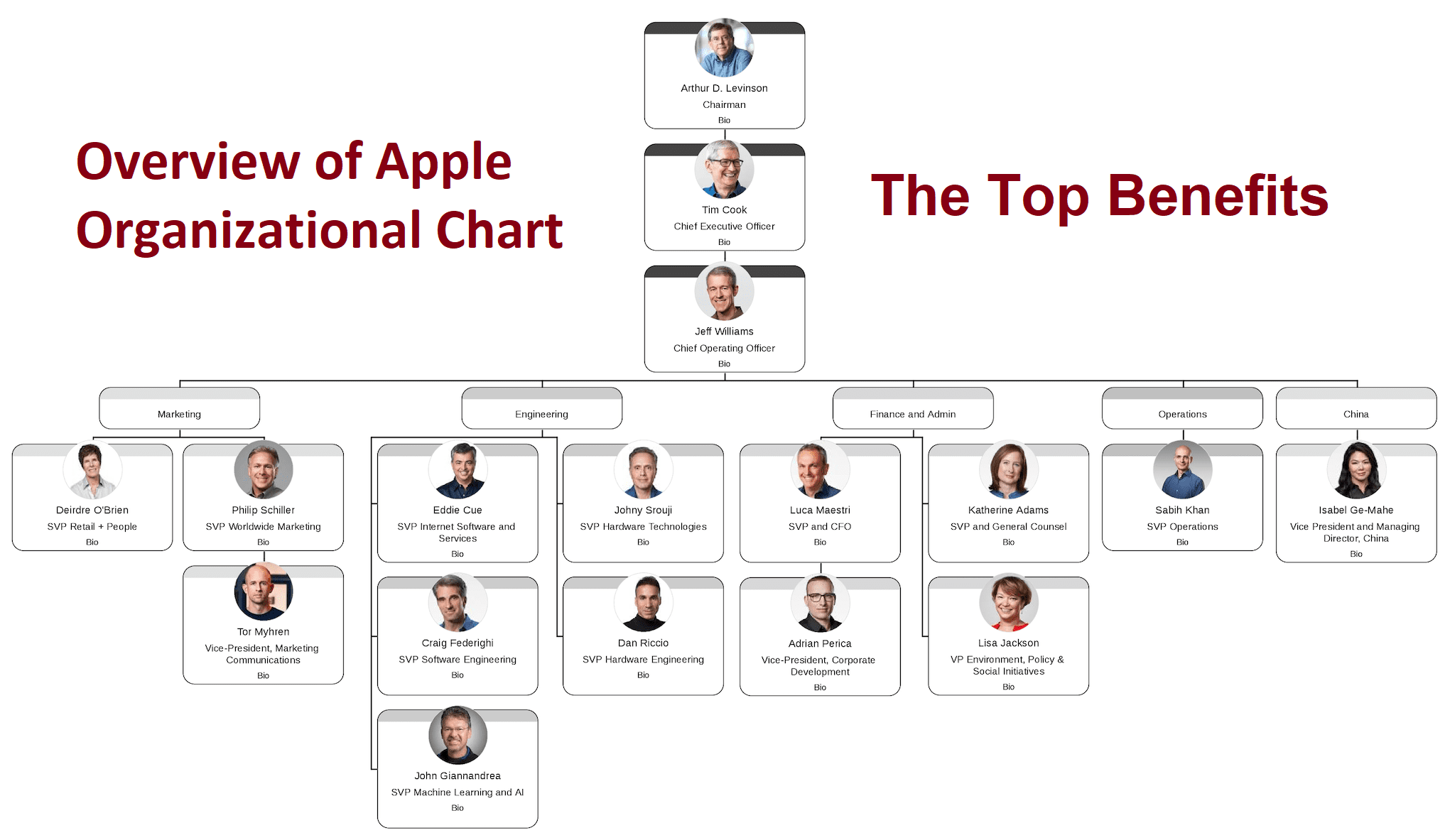Severe Weather Awareness Week Day 5: Flood Safety Tips And Preparedness

Table of Contents
Understanding Flood Risks
Different types of floods present unique challenges. Riverine floods occur when rivers and streams overflow their banks due to prolonged rainfall or snowmelt. Flash floods are rapid, sudden floods that often occur in low-lying areas with intense rainfall. Coastal floods result from storm surges, high tides, and waves associated with hurricanes or severe storms. Understanding the type of flood risk in your area is the first step to effective flood safety.
Several factors increase your flood risk. Proximity to water bodies like rivers, lakes, or coastal areas significantly increases your vulnerability. Poor drainage systems in urban areas can exacerbate flooding, leading to rapid water accumulation. Finally, soil saturation from prolonged rainfall reduces the ground's ability to absorb additional water, increasing the likelihood of surface runoff and flooding.
- Identify your flood risk zone: Use online resources like the FEMA Flood Map Service Center ([insert link to FEMA website]) to determine your property's flood risk.
- Understand local flood warnings and alerts: Familiarize yourself with your local emergency alert systems, including NOAA Weather Radio and mobile phone alerts.
- Recognize early warning signs: Pay attention to rapidly rising water levels, heavy rainfall, and official flood warnings.
Creating a Flood Preparedness Plan
A comprehensive flood preparedness plan is essential for your family's safety. A well-defined family communication plan is crucial, ensuring everyone knows how to contact each other during and after a flood. Designate clear evacuation routes and meeting points, considering multiple options in case one route becomes inaccessible.
- Develop a family emergency communication plan: Include out-of-area contact details for a designated person who can serve as a central point of contact.
- Identify multiple evacuation routes and safe locations: Plan different escape routes, considering potential road closures or obstructions. Know the location of nearby shelters or designated safe areas.
- Prepare an emergency kit: Stock a waterproof container with essential supplies: at least three days’ worth of non-perishable food and water, essential medications, a first-aid kit, flashlights, batteries, a portable radio, important documents in waterproof bags, and extra clothing.
Protecting Your Home and Property
Taking proactive measures to protect your home and property can significantly reduce flood damage. Floodproofing involves implementing measures to make your home more resistant to floodwaters. This includes elevating electrical systems, installing check valves to prevent sewage backup, and using waterproof materials in construction.
Flood insurance is a vital safeguard against financial losses. It can cover damage to your home, belongings, and even living expenses during recovery.
- Elevate valuable possessions and appliances: Move important items to higher floors or waterproof storage containers.
- Install sandbags or barriers: Create barriers around your property to help divert floodwaters.
- Consider flood insurance: Contact your insurance provider to explore flood insurance options, especially if you live in a high-risk flood zone.
- Clean up debris and sediment after the flood: Carefully remove debris and sediment after the flood, taking precautions to avoid health hazards.
Staying Safe During a Flood
Floodwaters pose significant dangers. Strong currents can easily sweep people off their feet, and debris carried by the water can cause injuries. Floodwaters are often contaminated with sewage and other harmful substances, leading to waterborne diseases.
- Never drive or walk through floodwaters: Even shallow water can be deceptively dangerous, hiding deep currents and debris.
- Evacuate immediately if instructed by authorities: Obey evacuation orders promptly.
- Turn off utilities before evacuating: Turn off electricity, gas, and water to prevent further hazards.
- Avoid downed power lines and electrical hazards: Stay away from any downed power lines or electrical equipment that may be submerged in water.
- Be aware of the risks of waterborne diseases: After a flood, practice thorough hygiene and avoid contact with floodwaters.
Post-Flood Safety
Following a flood, the risk of health hazards increases. Bacterial contamination from sewage and standing water can lead to various illnesses. Mold growth in damp areas poses respiratory risks.
- Wear protective gear when cleaning up: Use rubber boots, gloves, and eye protection when cleaning and removing debris.
- Dispose of contaminated materials properly: Follow local guidelines for disposing of flood-damaged materials.
- Contact your insurance company to report damages: Document all damages and contact your insurance company to begin the claims process.
- Be aware of the potential for structural damage: Inspect your home for structural damage and consult with a professional if needed.
Conclusion
This Severe Weather Awareness Week, prioritizing flood safety is paramount. By understanding flood risks, creating a preparedness plan, protecting your home, and knowing how to stay safe during and after a flood, you can significantly reduce the potential dangers. Remember, preparedness is key to mitigating the impact of floods. Take the necessary steps today to ensure your family's flood safety. Learn more about flood safety preparedness and resources available in your area to safeguard your home and loved ones. Don't wait for a flood to happen – take action today to improve your flood safety and peace of mind.

Featured Posts
-
 Escape To The Countryside Top Destinations And Considerations
May 25, 2025
Escape To The Countryside Top Destinations And Considerations
May 25, 2025 -
 Tim Cooks Challenging 2023 Apples Struggles
May 25, 2025
Tim Cooks Challenging 2023 Apples Struggles
May 25, 2025 -
 Flash Flood Watch Cayuga County Residents Urged To Take Precautions
May 25, 2025
Flash Flood Watch Cayuga County Residents Urged To Take Precautions
May 25, 2025 -
 Silence Impose La Chine Et La Repression Des Voix Discordantes En France
May 25, 2025
Silence Impose La Chine Et La Repression Des Voix Discordantes En France
May 25, 2025 -
 Zheng Qinwens Historic Win Upsets Sabalenka At Italian Open
May 25, 2025
Zheng Qinwens Historic Win Upsets Sabalenka At Italian Open
May 25, 2025
Latest Posts
-
 I Naomi Kampel Se Ilikia 54 Eton Paradeisenies Diakopes Stis Maldives Me Tin Oikogeneia Tis
May 25, 2025
I Naomi Kampel Se Ilikia 54 Eton Paradeisenies Diakopes Stis Maldives Me Tin Oikogeneia Tis
May 25, 2025 -
 Met Gala 2025 Will Naomi Campbell Be Absent Due To A Wintour Dispute
May 25, 2025
Met Gala 2025 Will Naomi Campbell Be Absent Due To A Wintour Dispute
May 25, 2025 -
 Naomi Campbell And Anna Wintour Met Gala 2025 Ban Rumors Explained
May 25, 2025
Naomi Campbell And Anna Wintour Met Gala 2025 Ban Rumors Explained
May 25, 2025 -
 55 Let Naomi Kempbell Kak Vyglyadit Legendarnaya Supermodel
May 25, 2025
55 Let Naomi Kempbell Kak Vyglyadit Legendarnaya Supermodel
May 25, 2025 -
 Naomi Kempbell 55 Rokiv Garyachi Foto Zirki
May 25, 2025
Naomi Kempbell 55 Rokiv Garyachi Foto Zirki
May 25, 2025
